Modern horror fans can be split into two camps: those who like Ari Aster and those who don’t.
Okay, that might be a bit of an exaggeration, but it’s also somewhat true. Aster’s work is seen as an embodiment of a growing trend in horror that bucks common genre conventions in favor of a slower, more nuanced approach. An analysis of Hereditary, the movie that no-doubt put him on the map, is bound to unpack a lot of what is going on.
Often called “elevated horror”, films such as Aster’s Hereditary and Midsommar (along with others like The Lighthouse and It Follows) are recognized as much for the online discourse surrounding them as they are for their actual content. Think pieces abound.
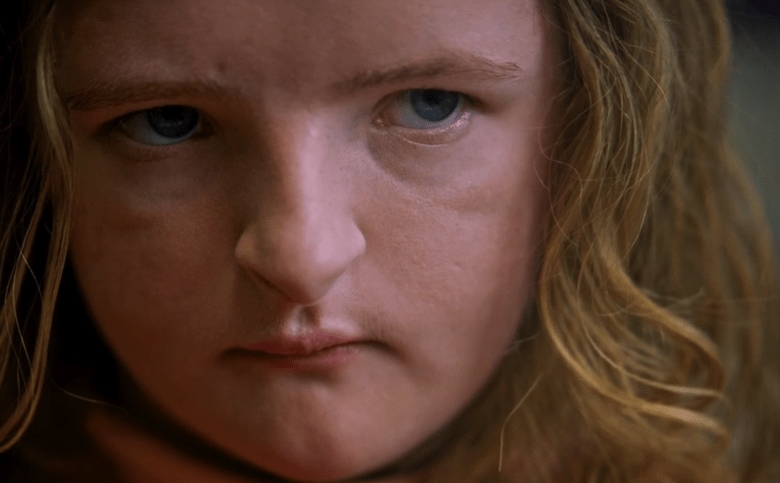
In general, some audiences turn their noses at elevated horror due to a perceived feeling of pretension and artsiness. Horror is supposed to be fun, you know? Fans of these films argue that the finest examples slowly develop a kind of tension that remains potent even after the credits roll.
Controversy aside, there are a lot of great movies that get lumped into the subgenre. Hereditary may just be the crown jewel.
With a brief Hereditary analysis, it becomes clear that the film does indeed employ a number of novel techniques. But, most importantly of all, that shouldn’t take away anything for the average fan of fright. It’s damn scary.
Analysis of Hereditary: Taking a Slow Pace
Hereditary received a lot of praise when it was first released, but not every review was gushing. Audiences in particular were split. Many were confused as to the pacing of the movie. While it clocks in at a reasonable two hours, it still inarguably moves slow. It’s far from a new Conjuring movie; the opening scene doesn’t have you gripping your chair.
— FOUNDATIONS OF HORROR —
Further explore these subgenres & tropes. more>>
#Folk horror | #Familiar Places Are Scary | #In a Dark Dark Darkness | #Losing Your Sanity is Crazy

In fact, the entire beginning of the movie feels rather unconvincing. It shows a family in disarray following the death of a grandmother, and sadness is the prevailing emotion over fear. Still, things seem pretty normal. Nothing is overtly hinting towards chaos or scares.
Things start to go downhill rather quickly after Peter, the son, attends a party. A scene that is arguably the climax of the film happens suddenly, and it is supremely shocking. But it still isn’t scary, per se. What gives? Is this a drama?
Well, no. This is still a horror movie, but it’s just taking its time to make the audience as supremely uncomfortable as possible. While other films have taken an opposite approach – sneak in the scares when the viewers are least expecting it – Hereditary delights in letting the tension build to dizzying heights.
Following the aforementioned scene, the family begins to fall apart.
Everyone is trying (and failing) to deal with their grief, and the movie takes on the feel of an awkward family meeting where no one wants to speak with one another. When they finally do start yelling at each other, it hardly feels like a release. Instead, it just feels like more tension is dumped onto the situation.
A generous first half of the movie is concerned solely with setting up the far scarier second part. This makes the more “traditional” horror scenes much more impactful, as the audience has spent far more time than usual marinating in their own concern and worries.
Oh, and one final note about the glacial pacing in the beginning of Hereditary: it makes that scene about one million times more shocking than it would have been in any other film.
The Human Side of Horror
There’s another reason why the slow first half of Hereditary is so important, and it doesn’t really have to deal with tension. It’s all about humanization and emotions.
Any horror buff will begrudge that character development isn’t usually a staple of the genre. That’s somewhat of a necessity: no one wants to watch a movie where ten fully-developed and lovable characters get killed off. That would just be depressing.
In analyzing Hereditary, however, I realized something important: things can get scary fast if we can relate to it. Some stranger being chased with a chainsaw is shocking in some ways, but it also feels removed from reality. That’s one of the fantastic things about horror: it’s an excellent form of escapism. I’m not lying awake at night worrying about being turned into a human centipede. It’s just not realistic.

The character building in Hereditary is central to the first half of the movie, and it pays off in dividends. That’s one of the biggest takeaways from any Hereditary analysis. Each member of the family is slowly humanized and shown to have their own unique interests, problems, and idiosyncrasies. By the time that things start to go bump in the night, everyone in the audience has already related to what is going on in the film. That’s impactful.
Hiding in the Shadows
Of course, none of this would really matter if there weren’t any real scares in the movie. But, luckily, there are! And some of the freakiest ones show off yet another unique approach in Hereditary’s repertoire. The movie lets the viewers scare themselves.
As things start to descend in demonic madness in the final quarter, we’re treated to (forced to endure?) a multitude of scenes that take place in the house at night. If you’re not paying close attention, it might seem totally normal. That’s the brilliant part: you’ll only get scared once you start to look around.
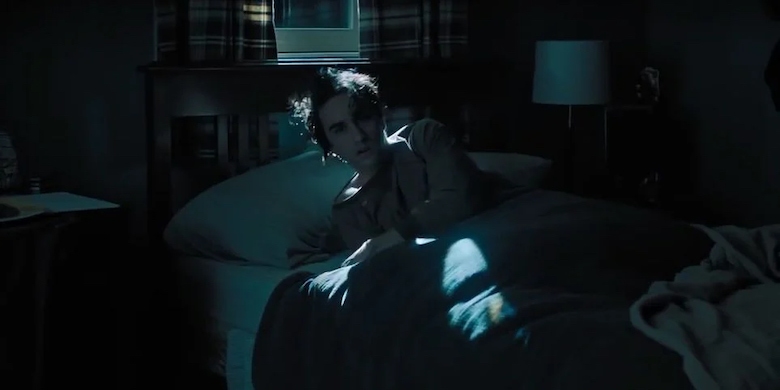
Once you start peering into the shadow-coated corners of the rooms, you’ll start to notice figures standing there. In many cases, the camera moves along without even betraying that someone is there. They don’t jump out, they don’t yell, and they don’t make themselves known. They’re just… there.
To me, this is wholly disturbing. I can live with the idea that there might be a madman lurking in my closet as long as he promises to reveal himself at some point. All other scary movies made me assume that that was the deal! But when doing Hereditary analysis the movie convinces you that there can be anything hiding in the shadows without you knowing.
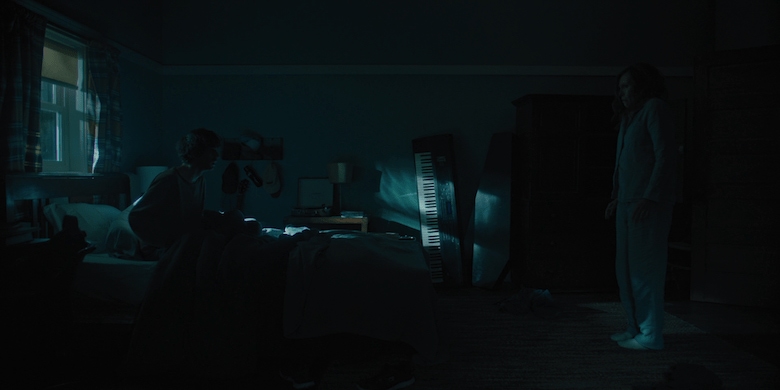
That’s a creepy feeling. And for those that missed out on those “easter egg”-type scares, Aster ratchets things up a bit later by having the mother of the family – who hides in a corner and on the ceiling – shriek and thrust herself out of the darkness.
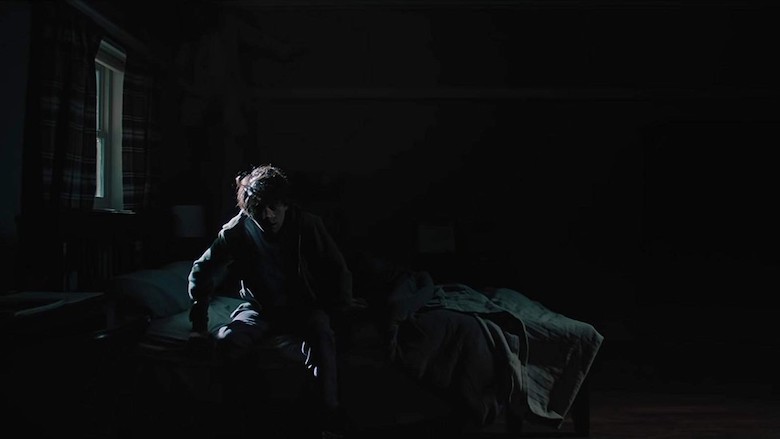
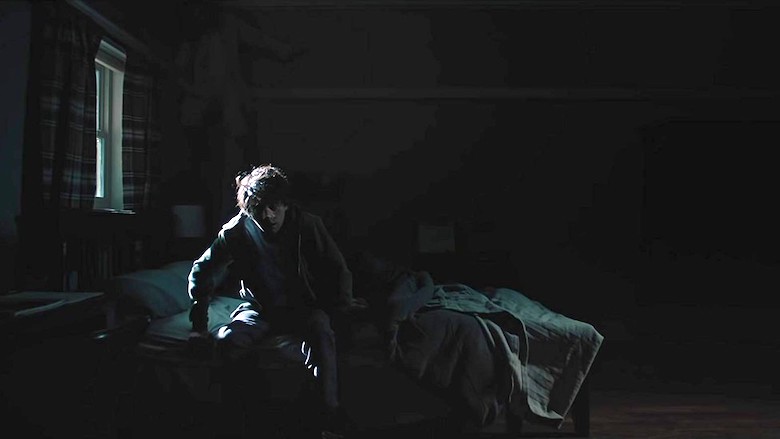
That’s good stuff, but it’s not exactly surprising. And it importantly delivers on the tension established by those earlier, low-key scares. A horror movie isn’t horrific if it just threatens to scare you; it actually needs to do the deed at some point. As soon as it does, all those earlier threats (and any that come later) carry much more gravity.
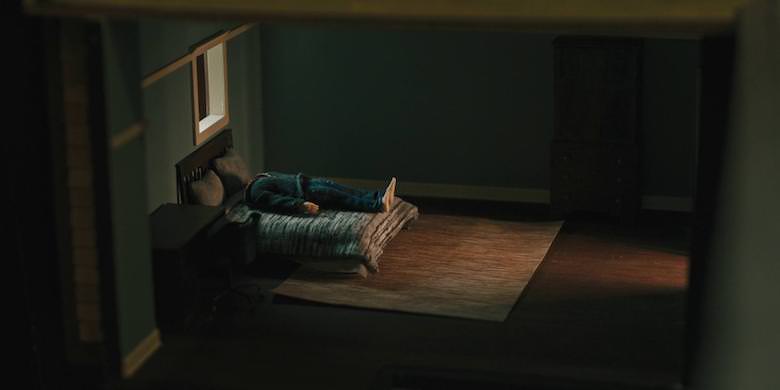
For me, Hereditary is a deeply scary movie. But I don’t blame anyone who felt more bored than scared after seeing it. The beauty of horror lies in the fact that it’s such a wide genre that everyone can find something that gets at what makes them tick. But if the slow burn is what gets you, there’s a big chance that Hereditary will leave you searching for a nightlight. Or maybe I’m just a wuss. Hard to say.
Last Updated on December 6, 2021.

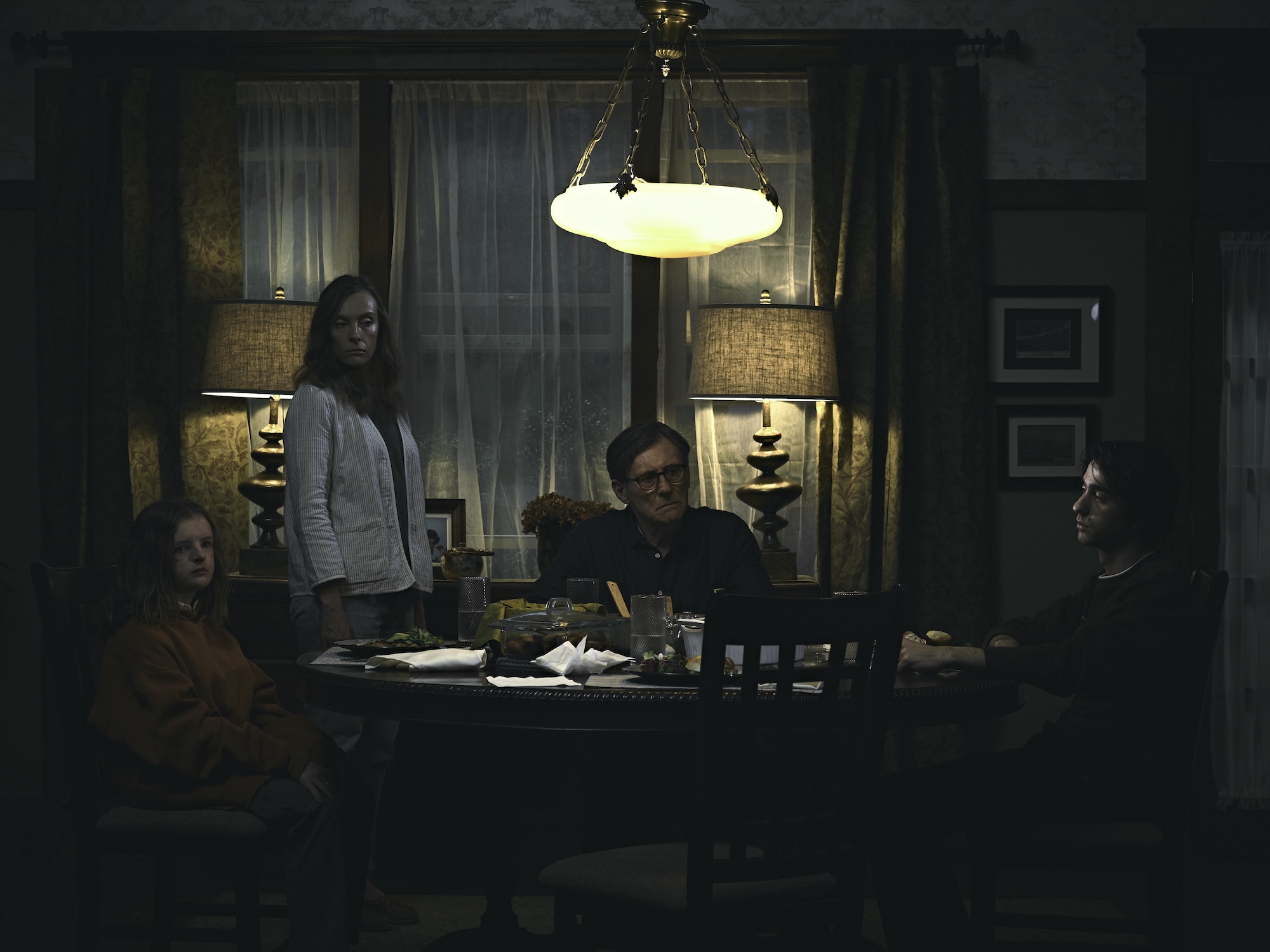
2 Comments